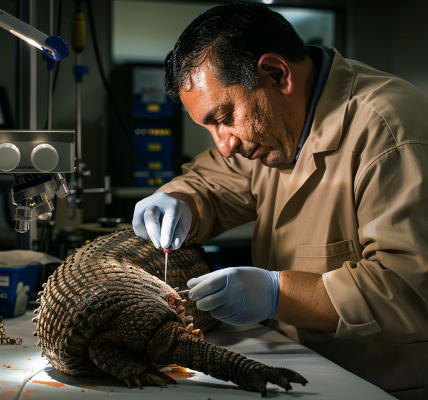In a groundbreaking study published in Nature Genetics, researchers have developed a new method to map tissue-specific enhancer-gene interactions from multimodal single-cell data, which could lead to the identification of causal disease alleles.
The study, led by Saori Sakaue and a team of researchers, addresses the challenge of translating genome-wide association study (GWAS) loci into causal variants and genes by creating accurate cell-type-specific enhancer-gene maps from disease-relevant tissues. The development of these maps is crucial for understanding noncoding variant function and identifying likely causal genes for both common and rare diseases.
The new nonparametric statistical method, known as SCENT (single-cell enhancer target gene mapping), models the association between enhancer chromatin accessibility and gene expression in single-cell or nucleus multimodal RNA sequencing and ATAC sequencing data. The researchers applied SCENT to nine multimodal datasets, encompassing over 120,000 single cells or nuclei, and successfully created 23 cell-type-specific enhancer-gene maps.
These maps proved to be highly enriched for causal variants in expression quantitative loci and GWAS for 1,143 diseases and traits. The study identified likely causal genes for various diseases and linked somatic mutation hotspots to target genes, demonstrating the potential of SCENT in uncovering disease mechanisms.
The application of SCENT to multimodal data from disease-relevant human tissue has shown promise in enabling the scalable construction of accurate cell-type-specific enhancer-gene maps, which are essential for defining noncoding variant function. This innovative approach could have significant implications for the understanding and treatment of a wide range of diseases.





